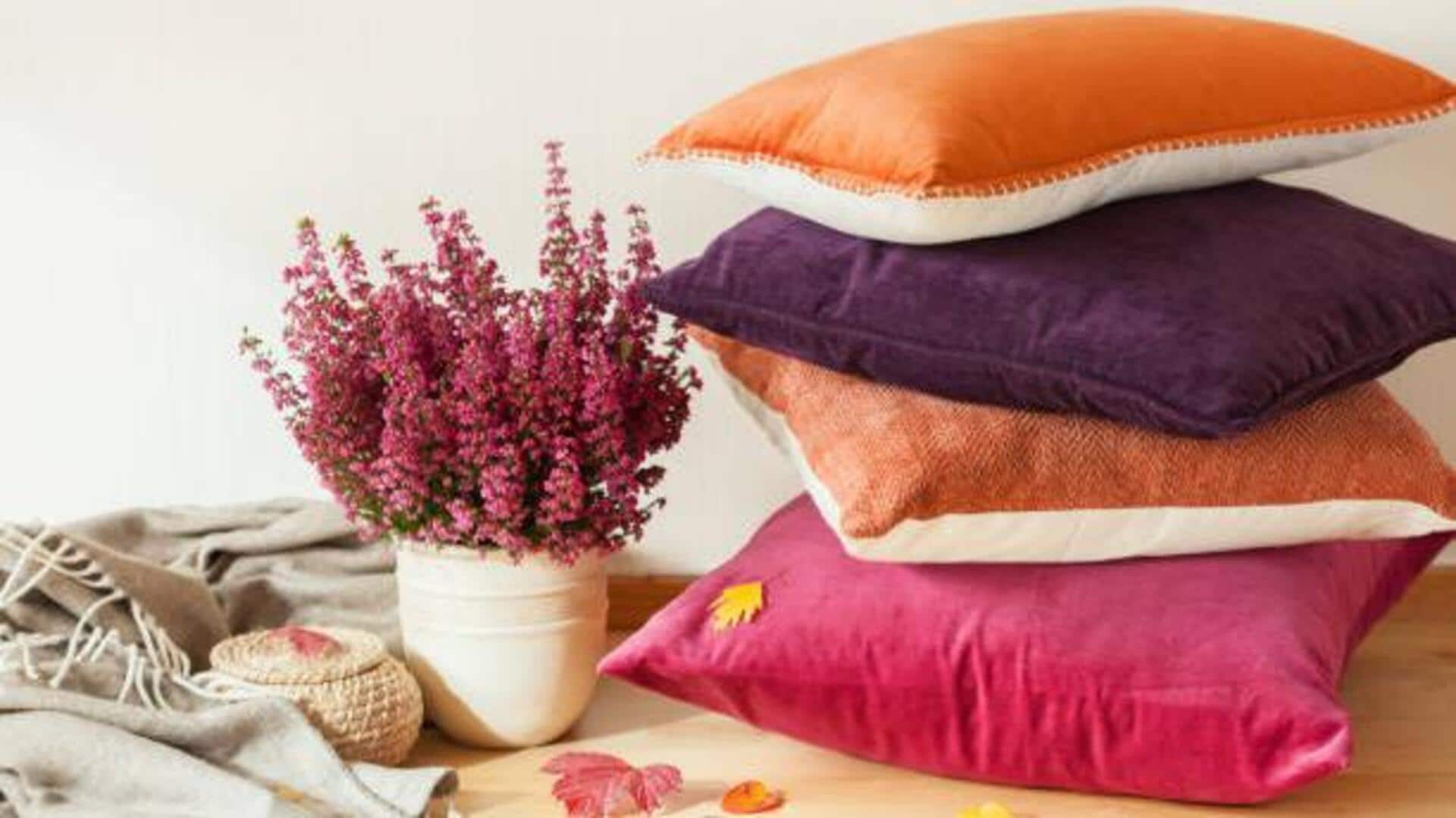
How to upcycle old textiles into cushion covers
What's the story
Repurposing old textiles into African-inspired cushion covers is a creative way to refresh unused fabrics. It promotes sustainability and adds cultural flair to your decor. With vibrant patterns and traditional motifs, these covers can transform your living space. From selecting textiles to understanding African design elements and basic sewing, learn how to create pieces that reflect your personal style and cultural appreciation.
#1
Selecting suitable textiles
Choosing the right textiles is imperative for making durable and aesthetically pleasing cushion covers. Opt for fabrics with bold colors and prints that strike a chord with African aesthetics. Cotton, linen, or other natural fibers are perfect because they are durable and easy to handle. Using old garments or leftover fabric scraps is also a good idea since they usually have unique textures and designs to lend character to the final product.
#2
Understanding African design elements
Incorporating authentic African design elements can amp up the visual appeal of your cushion covers. Research common motifs, like geometric shapes, tribal patterns, or symbols that hold cultural significance. These elements often tell stories or represent aspects of nature and community life. By integrating these designs thoughtfully, you can create pieces that not only look beautiful but also carry deeper meaning.
#3
Basic sewing techniques for beginners
Even if you're new to sewing, making cushion covers from old textiles is an easy project to try. Start by measuring your cushions accurately before cutting the fabric accordingly. Use simple stitches like running stitch or backstitch for stitching the pieces together. If you have a sewing machine at home, it will expedite the process significantly while keeping neat seams.
Tip 4
Adding personal touches with embellishments
To make your cushion covers one-of-a-kind, add embellishments like beads or embroidery inspired by African art forms. These can be stitched onto the fabric after assembling cover but before the cushion pad goes inside it. Playing with different textures through embellishments gives you more freedom to express personal style while respecting the traditional craftsmanship techniques prevalent across Africa's rich cultural diversity.